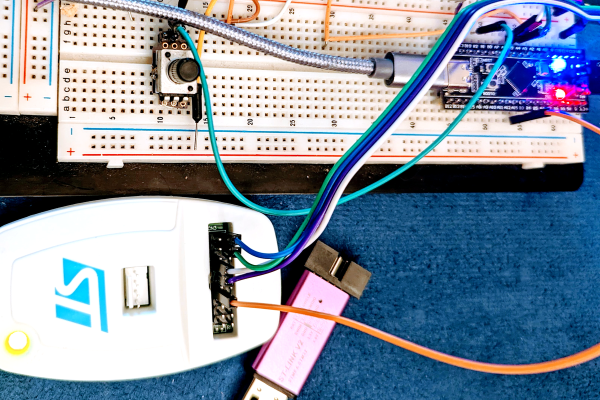There’s no single recipe for creativity, as far as I know. But this week on the Podcast, Tom Nardi and I were talking about a number of hacks that were particularly inventive, out-of-the-box, or just simply “how did they think of that?”. One possible route to something new is learning from other disciplines.
We were talking about an inspiring video about 3D printing fabrics. At the moment, the design world is going crazy for all things 3DP, so it’s no surprise to see someone with a design background asking herself how to make stuff that comes off the 3D printer more flexible, and fit her needs a little bit better. But what if those of us on the building-purely-functional side of things took what the fabric folks learned and applied it to our work? You’d get something like this hybrid approach to folding mechanisms, or this approach to remove supports from your prints.
I’m continually surprised by how much the home-gamer can learn from industry, and this week was also no exception. [Anne Ogborn]’s piece on handling bulk material draws mostly on the hard work of engineers who are worried about properly emptying gigantic grain silos or feeding tons of screws into small boxes to ship out to customers. But the same physics are at work when you’re designing an automatic dry cat food dispenser for your next vacation, just on a smaller scale.
How about you? What things have you learned from other disciplines, possibly entirely unrelated ones, that have helped you with your hacking?



















